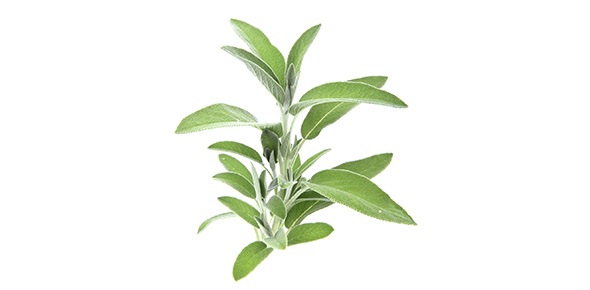Having the anthers and carpels produced in separate flowers on the...
A cavity within a sporangium or a cavity of the ovary in which ovules...
A flower cluster, with a definite arrangement of flowers.
The stalk of the ovule.
The stalk of a stamen.
The outer wall layer of a spore or pollen grain.
A pattern of floral organization in which the sepals, petals, and...
A tissue, containing stored food, that develops from the union of a...
The female gametophyte of angiosperms, generally an eight-nucleate,...
The egg cell and synergids located at the micropylar end of the female...
The fusion of the egg and sperm and the simultaneous fusion of the...
The opening of an anther, fruit, or other structure, which permits the...
The petals collectively.
The region of an ovule or seed where the funiculus unites with the...
Relatively large vacuolate cells in a subsurface position in apical...
Pertaining to a flower with one or more carpels but no functional...
One of the members of the gynoecium, or inner floral whorl; encloses...
The sepals collectively; the outermost flower whorl.
Three cells of the mature embryo sac, located at the end opposite the...
The pollen-bearing portion of a stamen.
The floral whorl that comprises the stamens.
In angiosperms, the fusion of the second male gamete, or sperm, with...
Nutritive tissue in the sporangium, particularly an anther.
A slender column of tissue that arises from the top of the ovary and...
The region of a carpel that serves as a receptive surface for pollen...
Pertaining to a flower having stamens but no functional carpels.
The part of the flower producing the pollen, composed of anther and...
The tough substance of which the exine, or outer wall, of spores and...
One of the outermost flower structures, a unit of the calyx, usually...
The part of the axis of a flower stalk that bears the floral organs.
The result of the fusion of a sperm nucleus and the two polar nuclei.
The transfer of pollen from an anther to a stigma.
A cavity in the anther that contains the pollen grains.
Two nuclei, one derived from each end of the embryo sac, which become...
The manner of ovule attachment within the ovary.
The part of the ovary wall to which the ovules or seeds are attached.
A term sometimes used to refer to an individual carpel or a group of...
A flower part, usually conspicuously colored; one of the units of a...
A form of floral organizations in which the sepals, petals, and...
The fruit wall, which develops from the mature ovary wall.
The petals and sepals taken together.
The stalk of an inflorescence or of a solitary flower.
The stalk of an individual flower in an inflorescence.
The inner wall layer of a spore or pollen grain.
Group that contains the Bryophytes, Fungi, & Algae.
Group that includes the seed producers and where pollination is a...
Phylum that makes up the angiosperms.
General term for a flower with both stamens and carpels(bisexual).
General term for a flower that lacks either stamens or...
A cavity within a sporangium or a cavity of the ovary in which ovules...
















